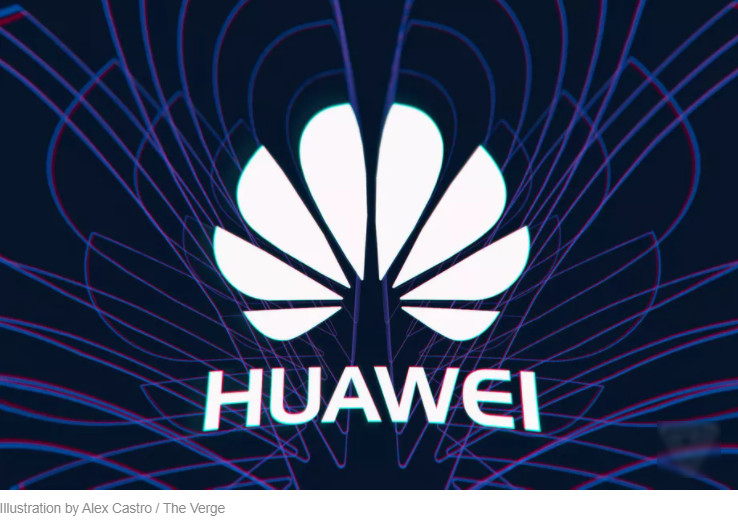
Software
HarmonyOS from Huawei seems to be merely a forked version of Android

HarmonyOS is the alternative operating system for Huawei that was created after the company was banned in the US and lost its license to Android. According to a new report from Ron Amadeo at Ars Technica, the truth is that the operating system is less of a new alternative and more of a slapdash fork of Android 10.
Initially, HarmonyOS was pitched as a completely separate OS from Android and iOS, something that on smart home appliances would be just as at home as on smartphones. The announcement was a hopeful promise that losing access to US companies would not stop Huawei from innovating, but some disappointing findings are highlighted by Amadeo's experience with beta:
- A two-day background check to get developer access includes sending copies of your passport, personal ID, and credit card to Huawei.
- In fact, you do not run the beta OS in its emulator; it is streamed from (presumably) a phone running the beta in China to you, Google Stadia-style.
- Above all, HarmonyOS appears to be an Android 10 fork with the word "Android" found-and-replaced with "Harmony"
HarmonyOS was probably always going to be the most popular in China, but the fact that the new OS appears to be a continuation of the EMUI skin of Huawei with potentially slower access to Android updates through the Android Open Source Project is a major strike against it being used elsewhere. It may be good enough not to offend the US government and satisfy the Chinese authorities, but there is no appetizing operating system for quick text editing and an invasive application process.
Read Amadeo's whole deep dive of detective work dissecting the beta, along with some jabs for a hypothetical "super virtual device," over at Ars Technica, at Huawei's fluff-filled developer documentation.
